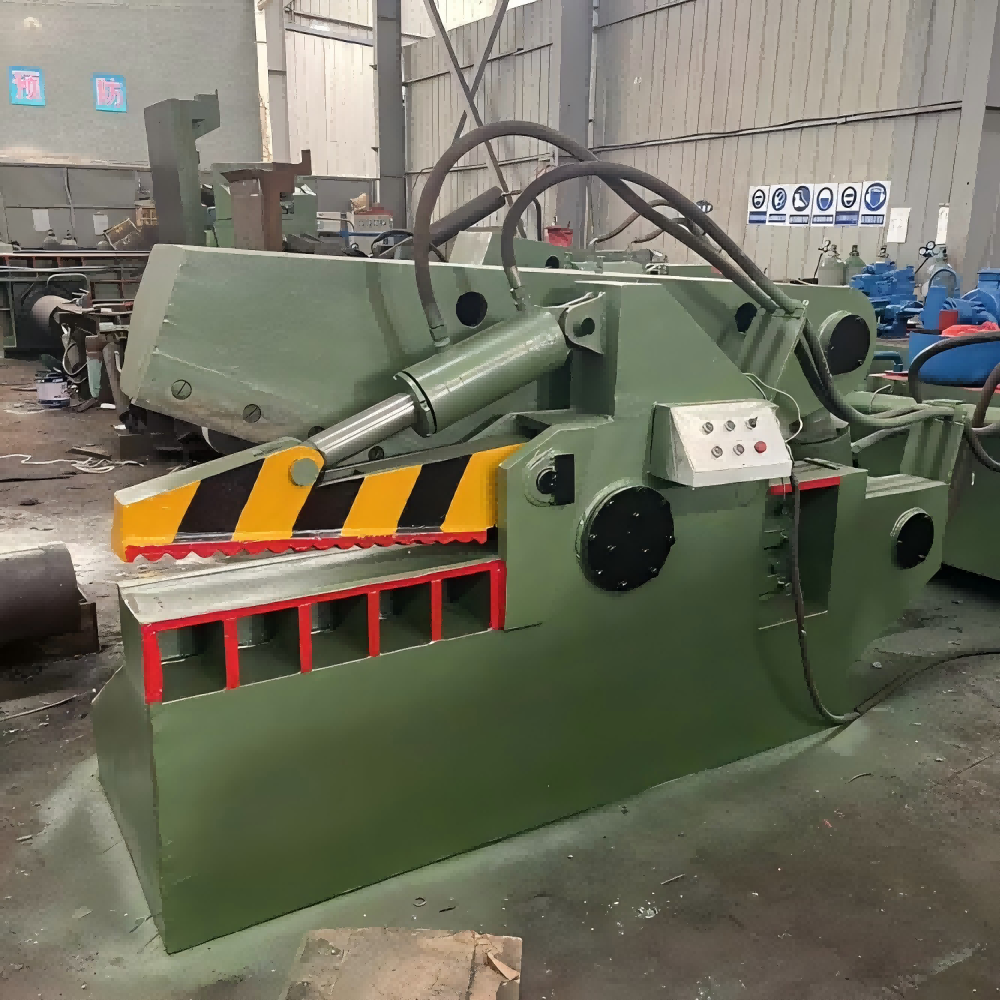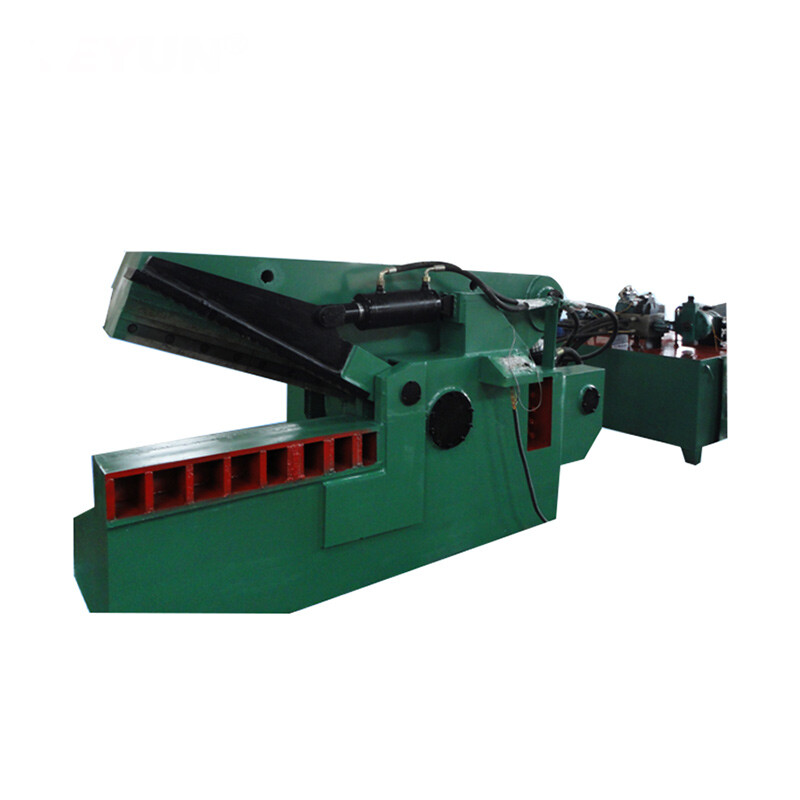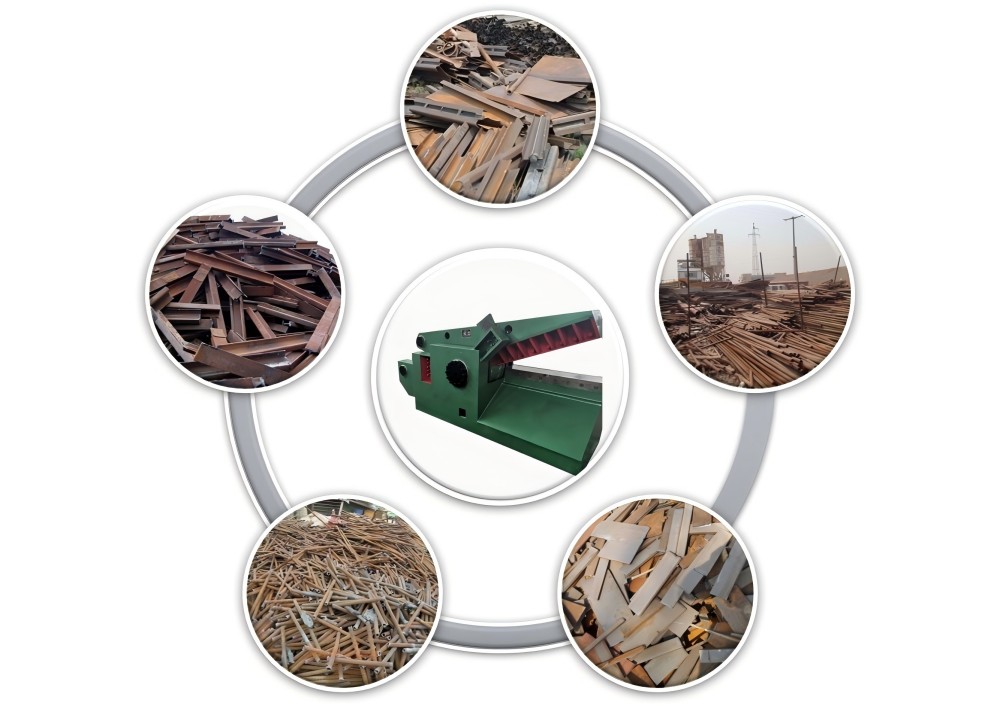Introduction
The global demand for recycled metals is steadily rising as industries move toward sustainable production. In this context, scrap metal shears have become one of the most important machines in the recycling sector. These powerful tools are designed to cut and process ferrous and non-ferrous metals quickly and efficiently, helping recycling companies improve productivity while reducing costs. From large demolition sites to small-scale recycling facilities, scrap metal shears are at the heart of efficient metal recovery operations.
A well-chosen shear can save hours of labor, reduce wear on other equipment, and maximize the resale value of processed materials. But what exactly are scrap metal shears, why are they so important, and how do you select the right one?
1. What Are Scrap Metal Shears and How Do They Work?

Scrap metal shears are powerful industrial machines designed specifically to cut through various types of metal scrap quickly and efficiently. They are commonly used in recycling plants, demolition sites, and metal processing facilities to reduce large, bulky metal pieces into smaller, more manageable sizes.
The core mechanism of scrap metal shears involves hydraulic pressure that drives heavy-duty blades to shear metal by applying immense force. These blades, typically made from hardened steel, can cut through ferrous metals, such as steel and iron, as well as non-ferrous metals like aluminum and copper.
There are several types of scrap metal shears tailored for different applications:
- Alligator Shears: Named for their jaw-like opening and closing action, these are ideal for cutting pipes, rebar, and structural steel.
-
Guillotine Shears: These offer a clean, straight cut and are often used for sheet metals or large plates.
-
Mobile Shears: Mounted on excavators, these provide flexibility on demolition sites, allowing for the cutting and sorting of scrap on the go.
-
Stationary Hydraulic Shears: High-capacity machines designed for continuous, heavy-duty cutting in industrial settings.
By combining hydraulic power with precision-engineered blades, scrap metal shears enable operators to process scrap faster and safer compared to manual cutting methods. Their efficiency helps recycling operations maintain high throughput and maximize material recovery.
2. Why Are Scrap Metal Shears Important for Recycling Operations?

Scrap metal shears play a vital role in modern recycling operations by significantly improving the efficiency and safety of metal processing. Recycling facilities often handle large volumes of scrap metal, which can be bulky, irregularly shaped, and difficult to manage without the right equipment. Scrap metal shears provide a solution by quickly cutting these materials into uniform, manageable sizes that are easier to transport, store, and process further.
One of the main advantages is the increased processing speed. Compared to manual cutting tools or torch cutting, hydraulic shears can handle tons of metal per hour, allowing recycling plants to keep up with high demand and tight production schedules. This efficiency translates to lower labor costs and faster turnaround times.
Additionally, scrap metal shears enhance workplace safety by reducing the need for hazardous manual cutting operations. The enclosed and controlled cutting mechanism minimizes risks such as flying sparks, sharp edges, and operator fatigue. This leads to fewer workplace injuries and a safer environment overall.
From an economic perspective, shearing scrap metal properly increases the value of recycled materials. Uniformly cut scrap is more desirable to smelters and metal buyers, which can fetch higher prices. Moreover, efficient cutting minimizes waste and allows facilities to recover more metal from the same volume of scrap, boosting profitability.
Finally, scrap metal shears contribute positively to environmental sustainability. By enabling more efficient metal recycling, they reduce reliance on raw ore mining, lower energy consumption, and decrease landfill waste. Recycling metals like aluminum and steel using shears helps conserve natural resources and reduce greenhouse gas emissions associated with metal production.
3. How to Choose the Right Scrap Metal Shear for Your Needs?

Choosing the right scrap metal shear is crucial for optimizing your recycling operations, ensuring safety, and maximizing return on investment. Several factors should be considered to select a machine that fits your specific needs:
1. Type of Scrap Material:
Identify the primary metals you will process. Light metals like aluminum and copper require less cutting force, while heavy-duty scrap such as steel beams, car frames, and industrial scrap demand shears with higher cutting capacities. Understanding your material types will guide you toward the appropriate shear model.
2. Cutting Capacity and Force:
Shears are rated by their maximum cutting force (usually measured in tons) and blade opening size. Match these specifications with the size and thickness of your scrap. Overestimating may lead to unnecessary expenses, while underestimating can cause frequent breakdowns and inefficiency.
3. Mobility Requirements:
Consider where and how the shear will be used. Stationary shears are ideal for fixed recycling plants, while mobile or excavator-mounted shears offer flexibility for on-site demolition or sorting operations.
4. Blade Quality and Maintenance:
Look for shears with high-quality, hardened steel blades that maintain sharpness longer. Easy access to replaceable blades and simple maintenance procedures reduce downtime and operating costs.
5. Power Source and Energy Efficiency:
Choose between electric-powered or diesel-powered shears depending on your site’s power availability and operational preferences. Energy-efficient models lower running costs and environmental impact.
6. Manufacturer Support and Warranty:
Partner with reputable manufacturers who provide comprehensive after-sales support, spare parts availability, and operator training. A good warranty and service network ensure your equipment remains reliable over time.
By carefully evaluating these factors, you can select a scrap metal shear that enhances productivity, reduces costs, and fits seamlessly into your recycling workflow.
Applications of Scrap Metal Shears
Scrap metal shears are used in a variety of industries and settings:
-
Demolition projects – Cutting steel frames, pipelines, and machinery for removal and recycling.
-
Automotive recycling – Processing vehicle bodies, chassis, and engine blocks for scrap resale.
-
Shipbreaking yards – Dismantling large vessels into manageable sections for melting.
-
Metal fabrication shops – Cutting production waste into reusable or recyclable sizes.
Conclusion
Scrap metal shears are more than just industrial cutting tools—they are critical investments for recycling businesses aiming to increase efficiency, safety, and profitability. Whether processing steel beams in a demolition project or preparing aluminum for resale, these machines deliver precise, high-powered cutting performance.
In a world increasingly focused on sustainability, efficient metal recycling is not just good for business—it is essential for environmental preservation. By selecting the right scrap metal shear and maintaining it properly, companies can ensure a steady supply of high-quality recycled materials, reduce waste, and contribute to a cleaner, greener future.
